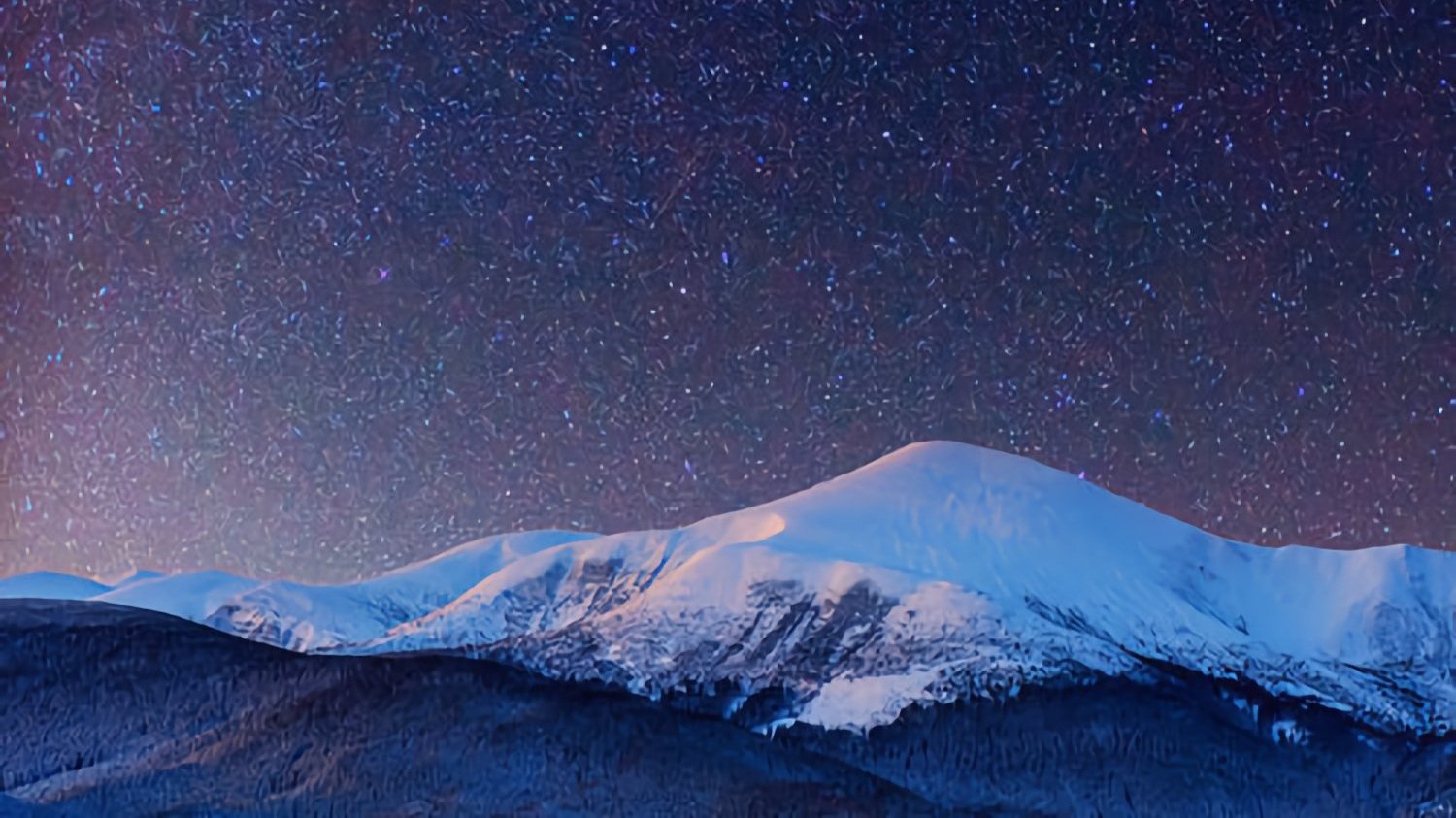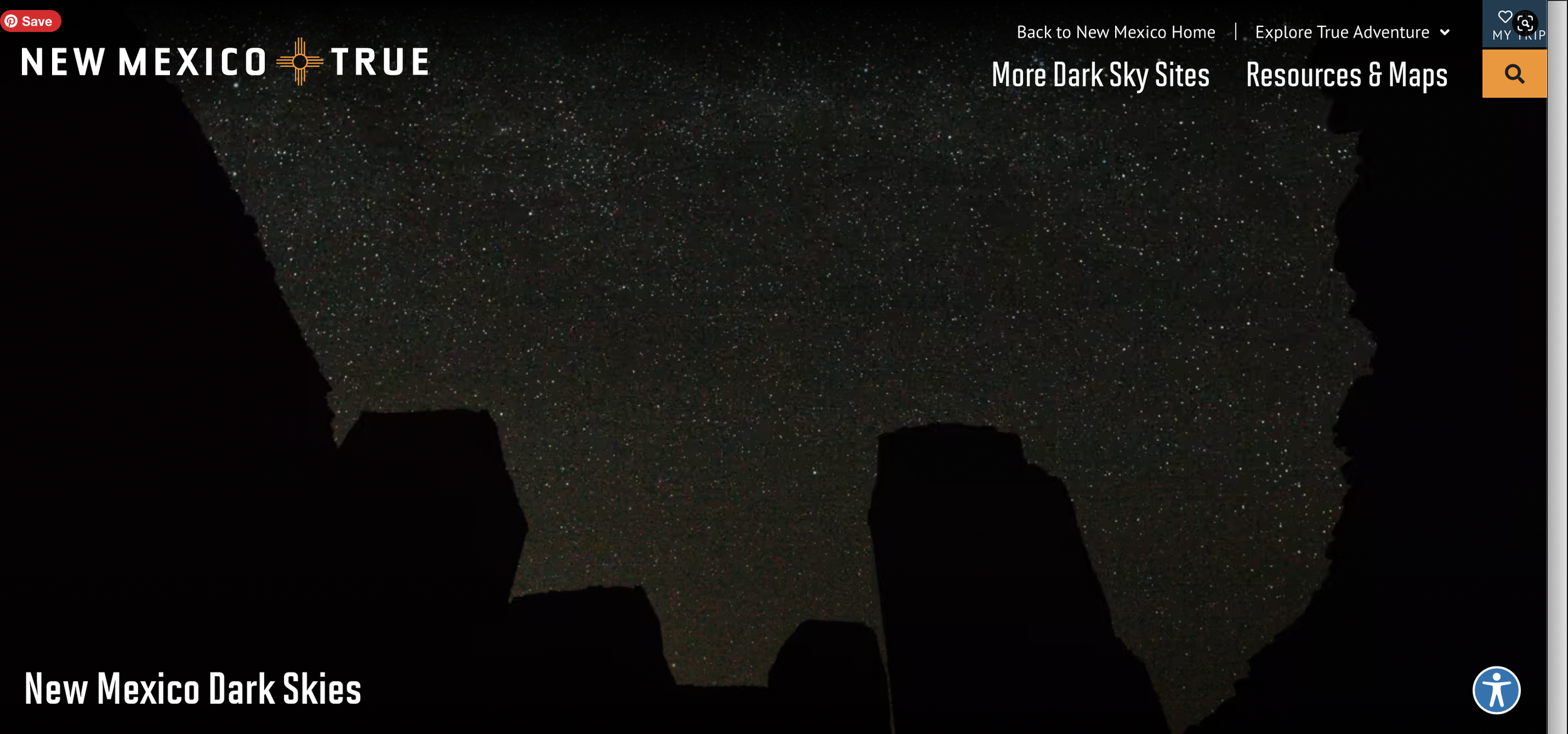Time Your 2026 Stargazing Trip to Ruidoso with the Year’s Best Meteor Showers
If your ideal vacation involves lying back under a dark sky and watching meteors streak across the heavens, skip the city lights and head to Ruidoso. Below is a guide to some of the best meteor showers for 2026, with suggested dates, moon phases, and viewing advice to help you plan your stargazing nights.
Quadrantids | January 3–4, 2026
The Quadrantids remain one of the more spectacular early-year showers, though 2026 is less favorable because of moonlight. The predicted peak is the night of January 3–4.
• Moon Phase: Full moon (the bright moonlight will severely reduce visibility).
• Expected rate (ZHR): Normally up to ~60–120 meteors under ideal conditions, but 2026’s full moon will mask most but the brightest ones.
• Viewing tip: Because moonlight will be so strong, your best bet is to look for the brighter meteors during the darkest part of the night (shortly after moonset if possible). The shower’s peak window is narrow — just a few hours — so you’ll need to time your observation carefully.
⸻
Lyrids | April 22–23, 2026
The Lyrids are a modest but often reliable spring shower, and 2026 offers favorable conditions.
• Moon Phase: A waxing crescent / first quarter moon that sets fairly early, meaning the latter hours will be darker.
• Peak: The night of April 22–23 (peak near ~19:15 UTC on April 22)
• Expected rate: Around 10–20 meteors per hour under dark skies, possibly more in surges.
• Viewing tip: Best viewing is after midnight through the predawn hours. The radiant (in Lyra) will be high in the sky. Because the moon sets early, your later-night window will be the best.
⸻
Eta Aquarids | May 5–6, 2026
The Eta Aquarids are famed for their connection to Halley’s Comet and are more spectacular in the Southern Hemisphere — but still worth a look from Ruidoso in the early morning.
• Moon Phase: Waning gibbous or near full, which will obscure many fainter meteors.
• Peak: Night of May 5–6.
• Expected rate: Up to ~60 meteors/hour in optimal southern sky conditions, but northern observers generally see fewer (maybe ~20–30) under good conditions.
• Viewing tip: The pre-dawn hours are your best bet. Because of the moonlight, focus on darker sky regions and watch for the brighter, longer-lasting meteors.
⸻
Delta Aquarids | July 28–29, 2026
The Delta Aquarids are a weaker but steady summer shower.
• Moon Phase: In 2026, unfortunately, the moon will be nearly full or bright near the peak, greatly reducing visibility.
• Peak: Night of July 28–29 (shower active generally from July 12 to August 23)
• Expected rate: ~10–20 meteors per hour under dark skies, though many will be faint and washed out by lunar glare.
• Viewing tip: Try watching during the part of the night when the moon is lowest or has set (if that occurs). Focus on darker sky patches and watch for the brighter ones.
⸻
Perseids | August 12–13, 2026
The Perseids are one of the most beloved meteor showers for Northern Hemisphere observers, and 2026 promises a strong showing.
• Moon Phase: Favorable — the moon will be out of the way during much of the key viewing time.
• Peak: Night of August 12–13 (active from July 17 to August 24)
• Expected rate: Up to ~60 meteors/hour or more under dark skies.
• Viewing tip: This is one of your best bet events. Start observing after midnight, and stay until early morning. The radiant in Perseus rises high and meteors will appear across the sky.
⸻
Draconids | October 7, 2026
The Draconids are a minor shower and relatively unpredictable, but sometimes offer interesting early-evening displays. 
• Moon Phase: New moon (a great advantage — minimal moonlight interference).
• Peak: Night of October 7 (active October 6–10)
• Expected rate: Normally ~10 meteors per hour (though outbursts can produce more)
• Viewing tip: Best viewed in the early evening (unlike many showers that peak after midnight). This is a relaxing, low-pressure watching opportunity in a dark sky.
⸻
Orionids | October 21–22, 2026
The Orionids are known for fast, bright meteors, debris from Halley’s Comet.
• Moon Phase: Waxing gibbous (moonlight will interfere with the early evening portion)
• Peak: Night of October 21–22
• Expected rate: Up to ~20 meteors per hour under ideal conditions, though many will be lost to moonlight in 2026
• Viewing tip: The best window will be after the moon sets (or in the later pre-dawn hours). Look generally toward Orion but watch all around the sky — meteors can appear in any direction.
⸻
Leonids | November 17–18, 2026
The Leonids are a classic autumn meteor shower, sometimes known for dramatic outbursts in certain years.
• Moon Phase: Waxing gibbous, but moon should set before dawn giving a dark window.
• Peak: Night of November 17–18
• Expected rate: ~10–15 meteors per hour under dark skies (but again, many may be masked by moonlight early on)
• Viewing tip: Watch after midnight through pre-dawn. The radiant in Leo will climb, giving a wider sky to catch meteors.
Source: https://www.almanac.com/content/meteor-shower-calendar
For more New Mexico stargazing.
The Land of Enchantment is home to seven International Dark Sky Parks as certified by the International Dark Sky Association.


